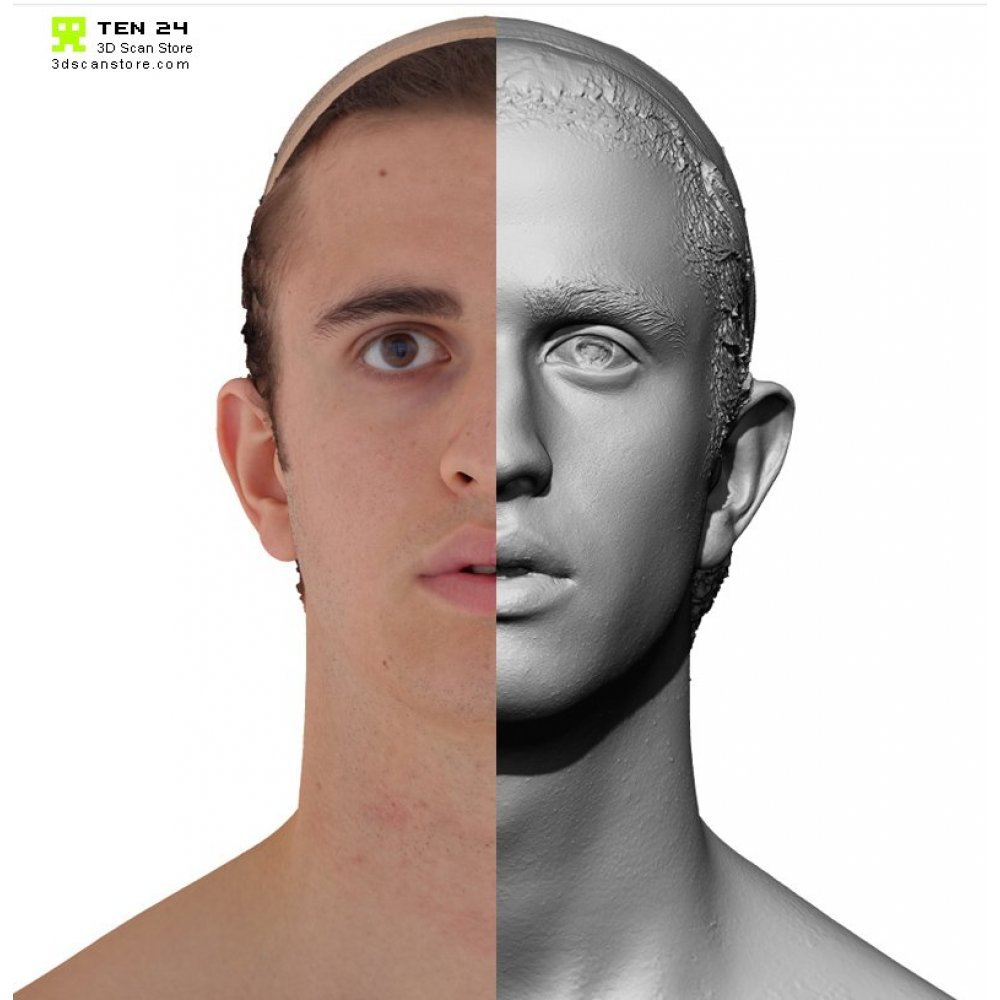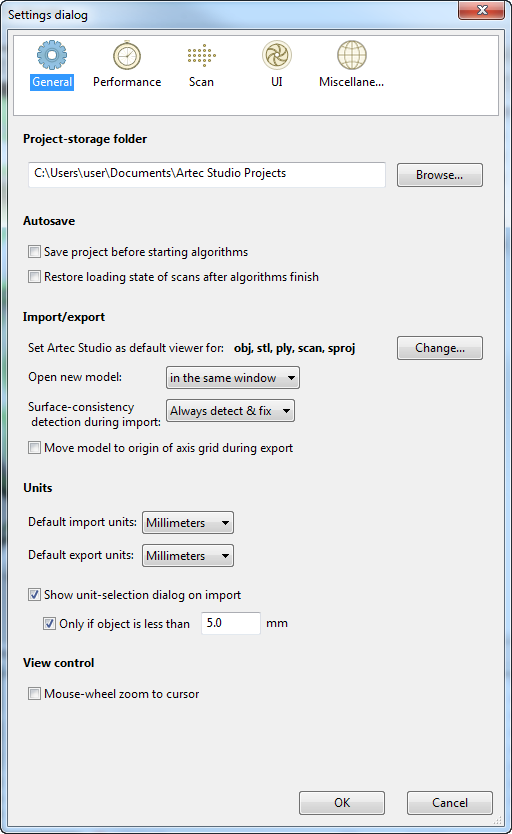


You can also use RealSense devices with RecFusion (which I will review soon) - a comprehensive software suite that costs $99. I’ve reached out to 3D Systems to clarify this.įor those devices you can use the free Intel RealSense SDK 3D Scan app which admittedly is less good and a lot more basic than 3D System’ Sense for RealSense software. But multiple people have let me know that the Razer Stargazer doesn’t work with that Software and I’m not sure if retail versions of the Creative device will. I have a Sense 2 and the Creative device (which I purchased as a SDK from Intel earlier) and they both work with the Sense for RealSense Software. Other products that feature the SR300 are the Razer Stargazer and Creative BlasterX Senz3D (pictured in the header image). It works with the great (and free) Sense for RealSense software. This version is really intended for 3D scanning and comes in a housing that makes it easy to hold it in upright position. For 3D Scanning, the most important one is the 3D Systems Sense 2 (Review) pictured above. The SR300 is integrated into various devices by third parties. There are currently three versions of Intel’s RealSense: The RealSense R200 (world-facing) sensor is a bit older, but still being sold. There used to be a F200 (user-facing) version but this has been replaced by the newer RealSense SR300, which is technically a user-facing sensor, but has enough range for 3D scanning up to human size subjects. These scans are made with Structure Sensor, itSeez3D and 3D Printed in Full Color Sandstone by Shapeways at 10 cm height.īuy 3D Systems Sense 2 ($355.26) on Amazonīuy Creative BlasterX Senz3D ($199) on Amazon

Here are some example scans (all with itSeez3D) of a small object, medium object and human bust: The one-click “hollowing” procedure saves a lot of money on 3D printing. That last feature means you can make scans that a tablet can’t handle, like large objects and rooms.įor 3D scanning with the Structure Sensor in general, but especially in combination with 3D printing, you should read my Review of the itSeez3D app, which adds a few handy-fully automated-features specifically for 3D printing selfies. It’s is wireless and has great standalone iPad apps and the option to scan wirelessly to a Mac or PC with Skanect (Review). In fact, I think I scanned about 100 200 300 objects and people with it in the last couple of months. Let’s start with the Structure Sensor (Review), because that’s the one that I have most experience with.

It’s an interesting one, and the reply I wrote was so long that I decided to put it up here so it’s available for everyone with that wants to start 3D Scanning - and 3D Printing - on a budget: I just got this question as a reply to my Facebook Page: This post was originally published in August 2016 and has been updated in February 2017 with more information and example scans


 0 kommentar(er)
0 kommentar(er)
